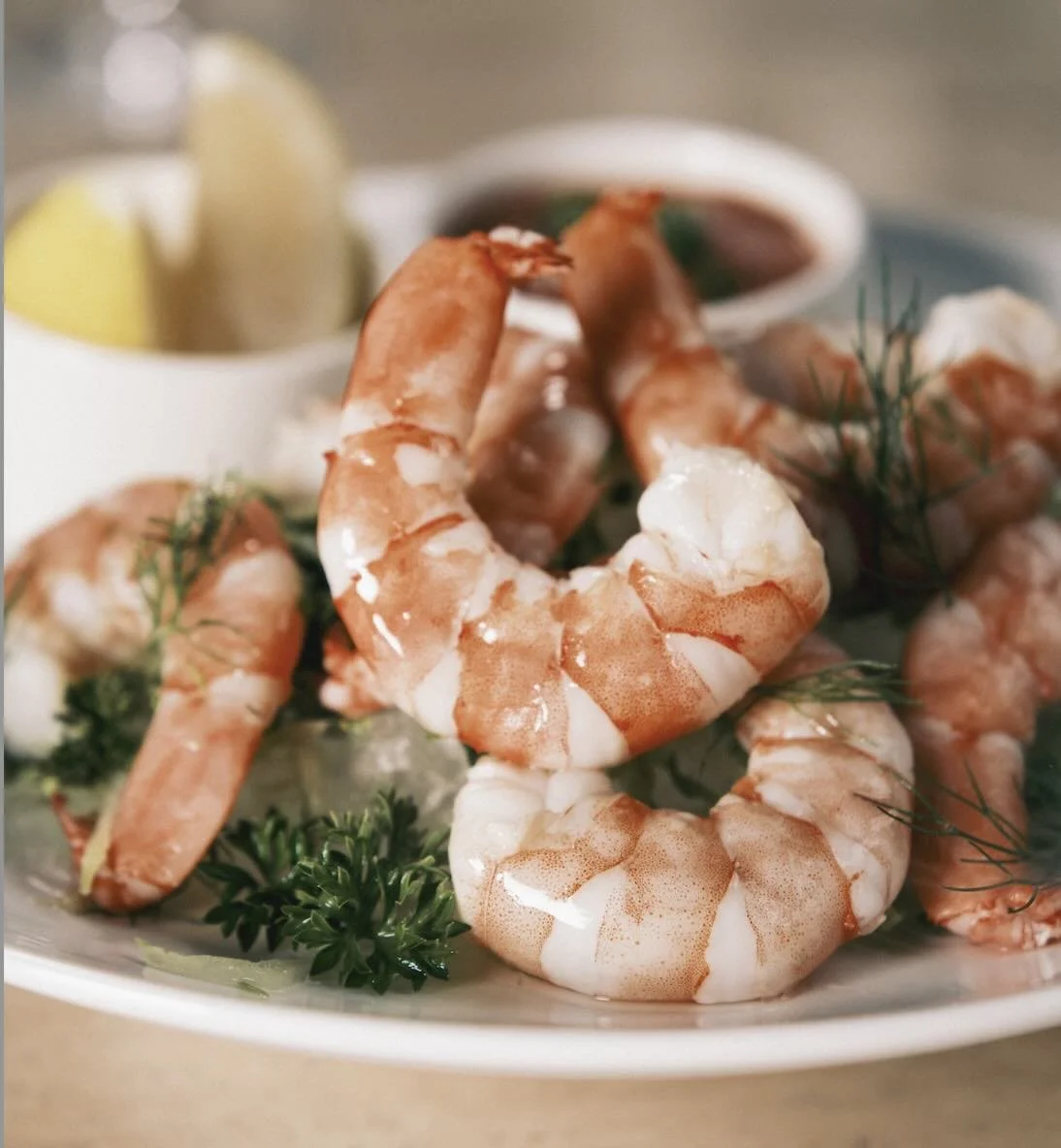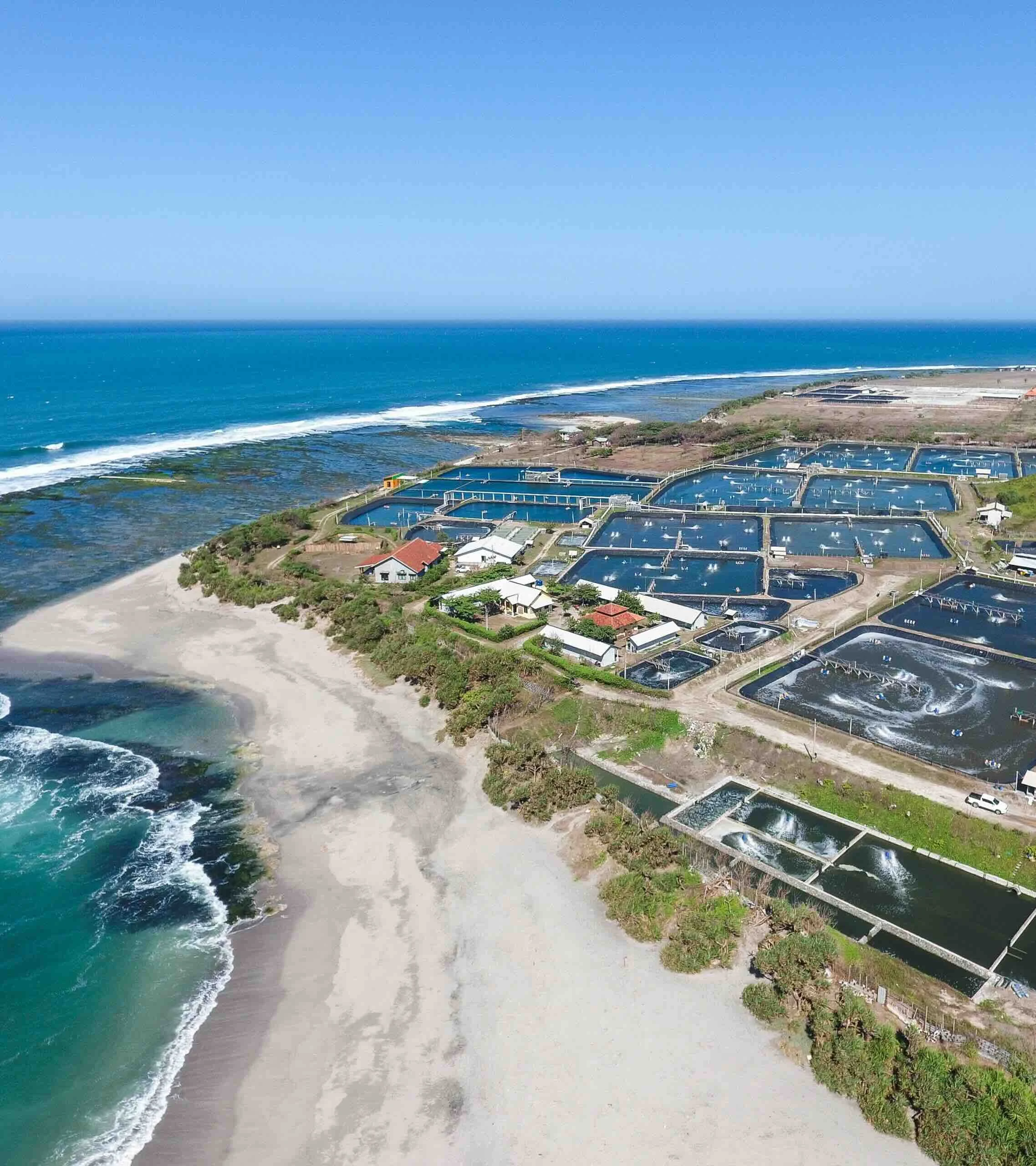
Delicious, sweet, responsibly farmed prawns are coming your way — from Indonesia.
KING PRAWNS, DONE RIGHT.
Our brand vision
At the forefront of revolutionizing the aquaculture industry, we harness cutting-edge technology and sustainable practices to cultivate a future where growth meets innovation. Our commitment to breaking new ground drives us to transform traditional farming methods into a thriving aqua-future.
Get in touch with Us
Interested in working together? Fill out some info and we will be in touch shortly. We can’t wait to hear from you!

